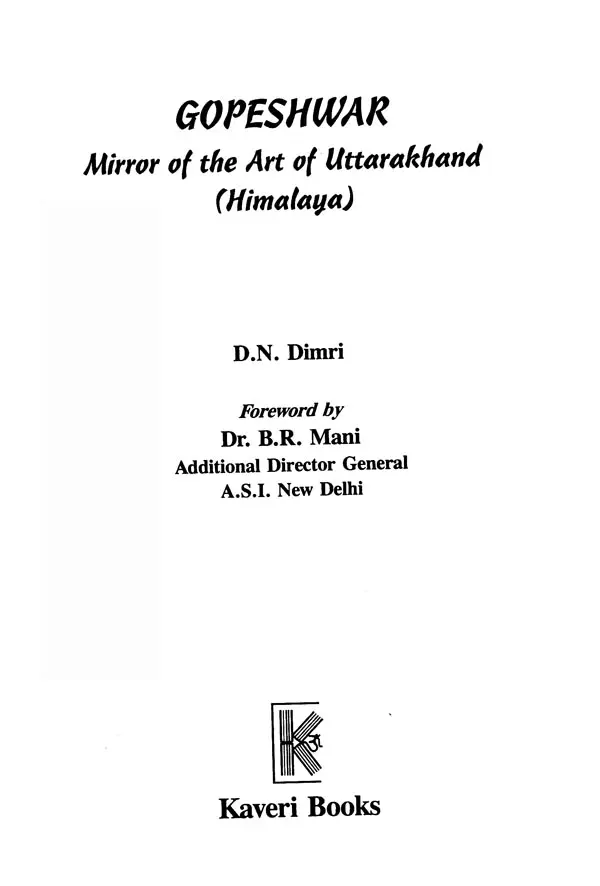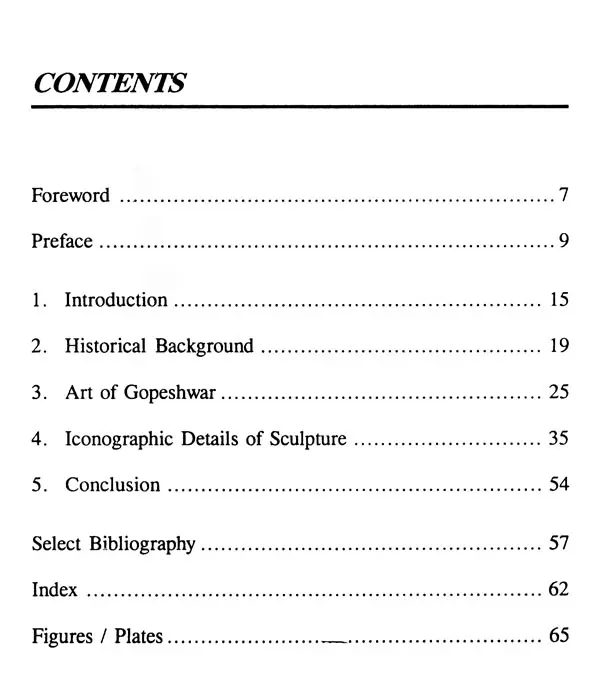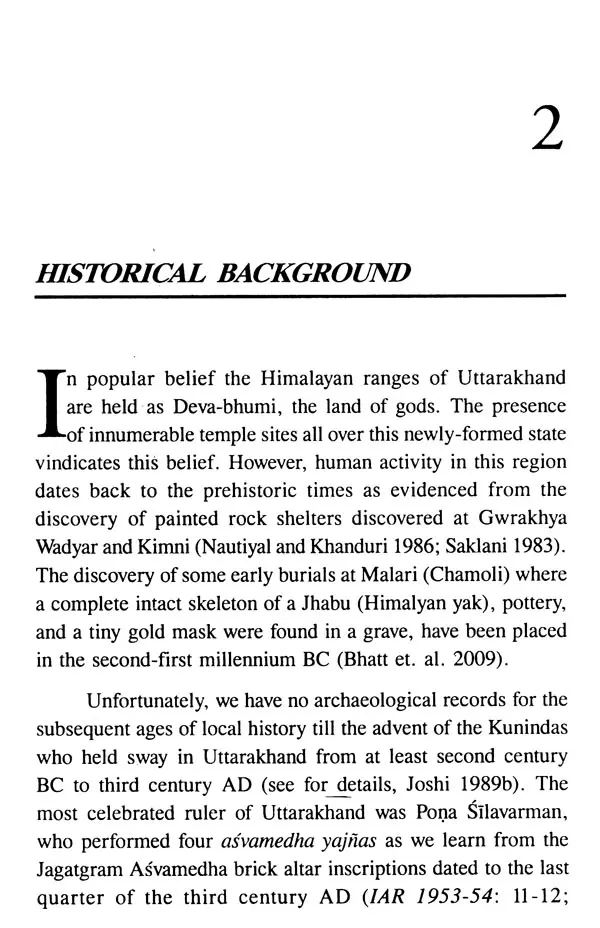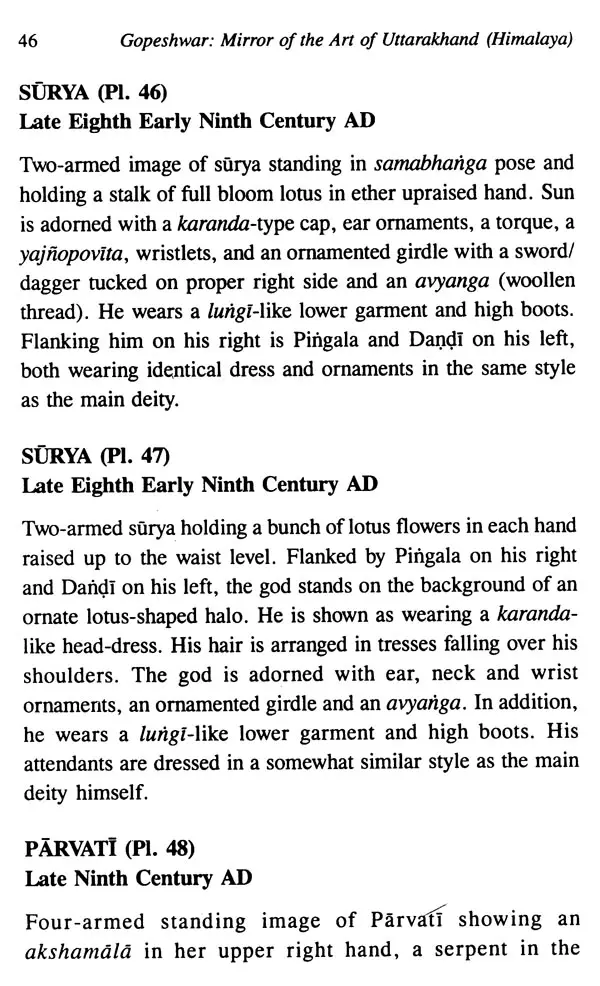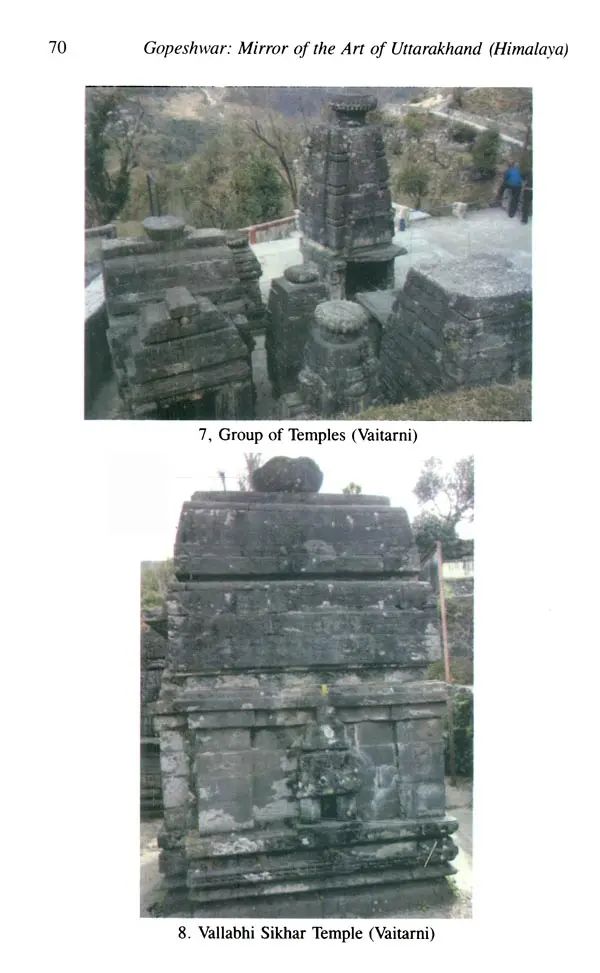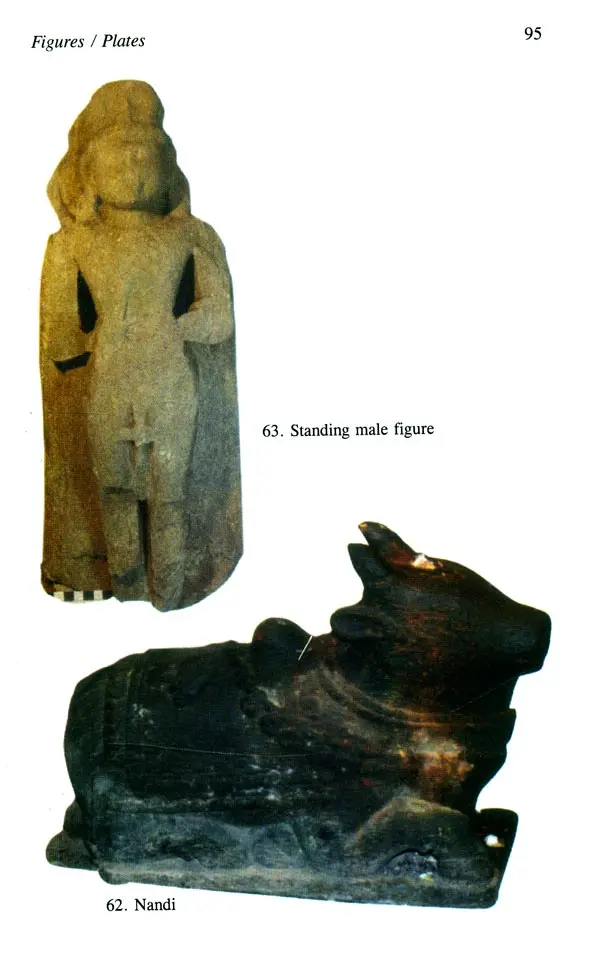About the Book Gopeshwar has played an important role in the History of Uttarakhand particularly Garhwal Himalaya. The place is located at a distance of about 10 km. from Chamoli on Rishikesh-Badrinath motorable road. Being located in the middle of the holy shrine of Kedarnath and Badrinath, Gopeshwar enjoys the reputation of being a halting point of pilgrimages from time immemorial. The place has the privilege of having an inscribed iron trident set-up by Ganapati-Nag in honour of Rudra (Siva) in sixth century AD and a tallest Nagra Shikhara temple assignable to eighth ninth century AD built by the Katyuri of Central Himalaya. The sculptural evidence suggest that art activity started at Gopeshwar sometime in fifth-sixth century AD in its initial stage inspired by the Gupta art traditions of Central India, subsequently developed in its own style during ninth-tenth century AD and began to decline from twelfth century A.D. Hence, Gopeshwar served as mirror of art of Uttarakhand Himalaya.
In this book an attempt has been made to highlight the different phases of art activities at Gopeshwar along with the illustrations and detail description of each sculpture which will help to understand the different phases of art activities in Uttarakhand Himalaya.
About the Author Dr. D.N. Dimri has brilliant academic pursuit. Born in 1959 in village Deweldhar of District Chamoli, Uttarakhand Himalaya, he did his M.A in Ancient Indian History Culture & Archaeology from Hemwati Nandan Bahuguna University, now Central University, Srinagar Garhwal (1980). Post-graduate Diploma in Archaeology from Archaeological Survey of India, New Delhi (1981-1982) and Doctorate from Kumaun University, Nainital (2002). He joined A.S.I. in 1984, presently he is holding the charge of Superintending Archaeologist, Delhi Circle. Serving in A.S.I., he has participated in important archaeological excavations viz. Harsh-ka-Tila (Kurukshetra), Banawali in Haryana, Sringveragpura and Hullas in Uttar Pradesh, Dholavira in Gujarat. He is joint author of a book Kaumbhalgarh: The Pride of Maharana of Mewar. He has contributed many articles in journal, periodical both in National and International repute.
Foreword It give us pleasure have this handy book on Gopeshwar the author my colleague ASI D.N. Dimri written with utmost clarity, accuracy scholarship.
group temples Gopeshwar and local tradition attention everyone who comes the presiding Gopeshwar Lord Shiva, from the cluster subsidiary showing evolution temple architecture, the double buildings Tibari and Niwas, shaft iron which is metallurgical marvel India in the style of one established by Naga in about fourth century AD Sudh-Mahadeva, near Udhampur (J&K state), the and metallic sculptures Brahmanical deities - some which having excellent craftsmanship artistic forms.
Preface Gopeshwar, a sleepy town nestled in the Chamoli hills Go of Uttarakhand, was brought to scholarly attention by James Prinsep in 1836. He deciphered and published an inscription on the iron trident at Gopeshwar, eye copy of which was sent to the Asiatic Society, Kolkatta, by Traill. This inscription was further studied by Pandit Bhagwanlal Indraji who made some necessary amendments in Prinsep's reading and published his observations in The Indian Antiquary: A Journal of Oriental Research, VOL. X 1881. In the same year Edwin T. Atkinson visited Gopeshwar and described the religious of this place in his pioneer work, The Himalayan Gazetteer. In addition to what Prinsep described, Atkinson also made reference to the temple of Mahadeva here. However, Gopeshwar remained in oblivion for about a century till K.P. Nautiyal published his research work in 1969. A huge credit goes to Nautiyal for conducting a systematic archaeological investigation of the Central Himalayan region for the first time.
Introduction Gopeshwar, headquarters of District Chamoli, is situated between 28' 8"N 79 16' 15" state Uttarakhand 1&2). is connected motorable Rishikesh from Haldwani/Nainital/Almora From Chamoli, located the Rishikesh-Badrinath Highway, one has cross the and travel about ten kms hilly terrain reach holy place. From Gopehswar same further leads Gourikund Ukhimath, and Gaurikund, thence famous Kedarnath is about fourteen km the walkable Being located in middle of the holy shrines Kedarnath Badrinath, enjoys the reputation being halting of pilgrimage from time immemorial.
The Siva temple village of the same name (P1.3). large number of architectural members including amalakas various sizes suggest that originally was located vast area outside enclosed boundary wall of the present temple complex (Pl.4).
Book's Contents and Sample Pages
